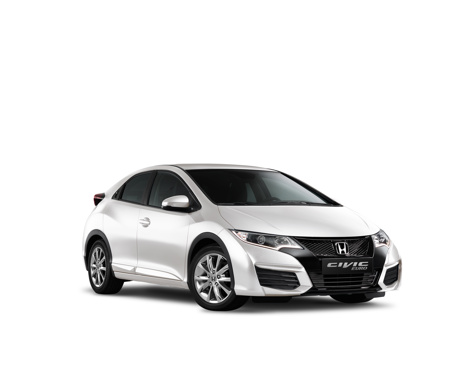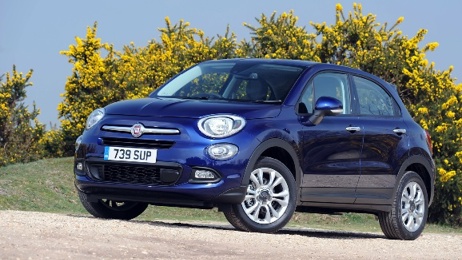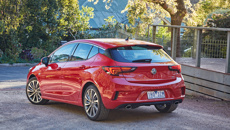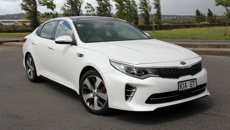
In the automotive industry some cars can go from being a Peacock to a feather duster, even those you wouldn’t expect to suffer that fate.
A good case in point is the Honda Civic. A high flyer on our new small car sales charts in the 1980’s and 1990’s, but in recent years hit some sales turbulence in recent years. Its slide popularity can be traced back in my view to 2006. This was when the hatch was deleted from the Civic range and it was only sold here as a sedan.
When a hatch was finally restored to the Civic catalogue in 2012, our new car market had moved on, along with a lot of potential Civic hatch buyers. They had either chosen another brand, while Honda devotees opted for the smaller, but remarkably space efficient Honda Jazz hatch.
The Civic hatch is offered in three models starting with the entry level S at $31,990, you will pay a steep $3k premium for the five-speed auto, while the range topping LN that arrived for this road test sells for $39,990. A recent mid-life upgrade could help garner greater buyers interest in the Civic. However, the question is whether it’s extensive or meaningful enough to achieve that. Most of the changes are focused around a re-tweak of the styling that hasn’t really hit the spot on our market.
The 103kw fuel injected 1.8 motor, has been a staple of the Honda range for over a decade, where its provided good fuel economy, lively performance and commendable levels of smoothness and refinement. It still does this, but the challenge for Honda, is a lot of its competitors especially those from Europe with their smaller capacity turbo charged engines, do it so much better.
Even the smaller 1.5 litre engine used in the mini-sized Honda Jazz produces just 6kw less than the Civics bigger engine. At times the performance of the test car felt lack lustre and missing that bit of spark and urgency needed to make the car a fun and engaging drive.
Part of the problem it seems to me, sits with the dated five-speed automatic. It is off the pace, in a market where six or seven speed automatics are now the norm. The gearing appears to be on the high side, meaning it doesn’t kick into a lower ratio quickly enough under throttle, to provide quick acceleration when you need it.
When its come of efficient utilisation of passenger space the Civic could take a few lessons from its smaller sibling the Jazz. Here is a mini size hatch that gives a master class in how cars of this size can provide cabin areas with extraordinary amounts of passenger and cargo space, in proportion to the cars modest exterior dimensions.
By comparison, the Civic hatch feels snug and lacking in rear head and legroom. Because the car doesn’t have particularly expansive glass areas, this give the interior a slightly claustrophobic feel. It isn’t all gloom and doom though with a fairly roomy rear hatch cargo area. I have a sneaky suspicious that may have come at the expense of some passenger space.
In a bid to bring more a competitive edge to the ride and handling there’s been a bit of a re-work of the suspension, that includes Honda’s Agile Handling Assist System that make its debut here. When required, it applies a light braking force to each wheel during cornering for greater handling responsiveness, maximises traction during cornering and when accelerating on slippery surfaces. While the ride and handling aren’t in the class leading category, the car feels well planted on the road, sits nicely through the corners with minimal body roll, while the point and go steering is a plus. However, the latter would be even better the with more road feel, to give a greater sense of connectedness between the driver and what’s happening in the all important contact zone contact between the front wheels of the vehicle and the road. This would enable the driver to make any steering adjustments sooner rather than later.
What’s the verdict? Drab performance and a cramped cabin compartment spoil, an otherwise competent and well-equipped small hatch.
Take your Radio, Podcasts and Music with you









